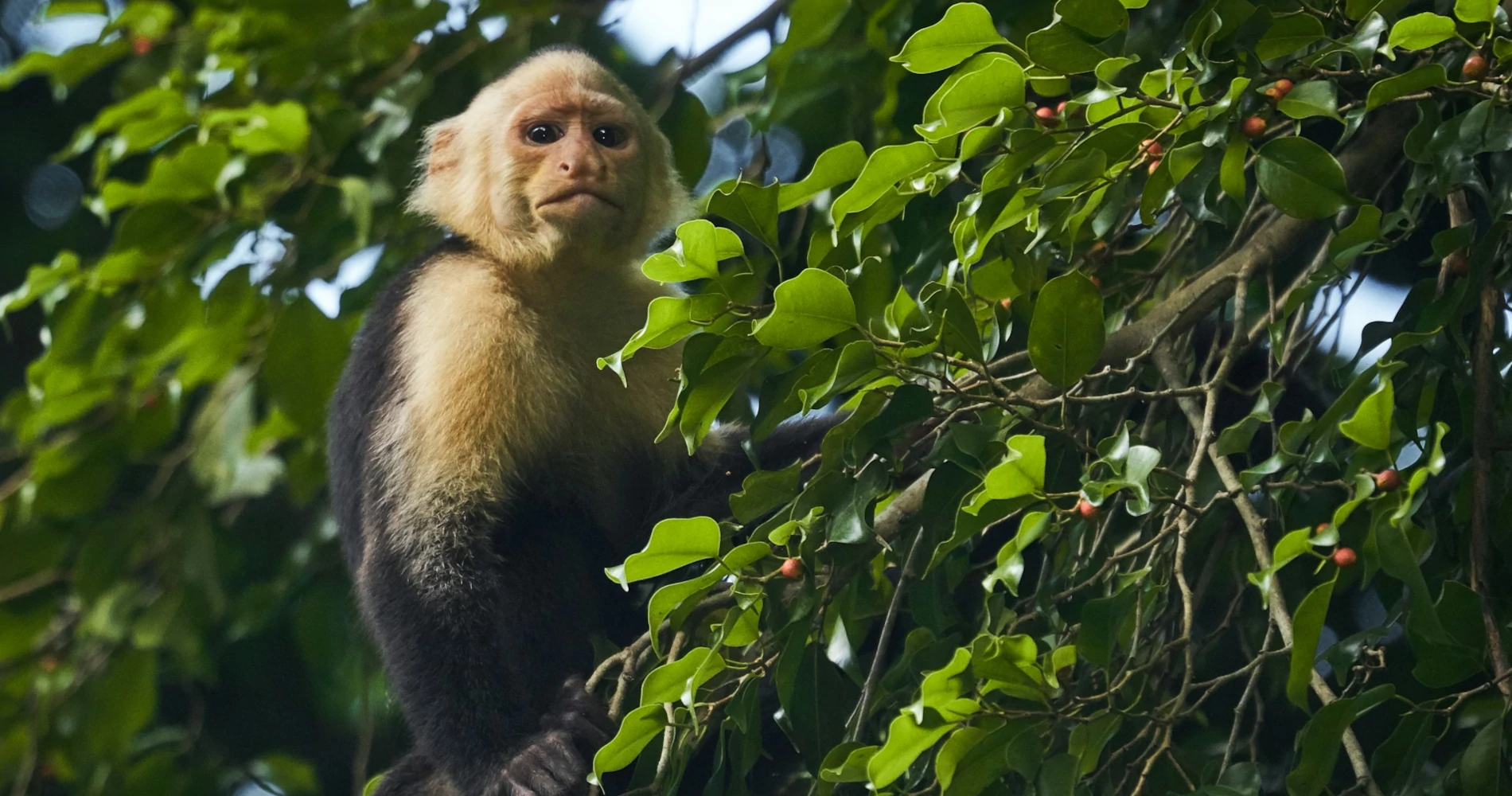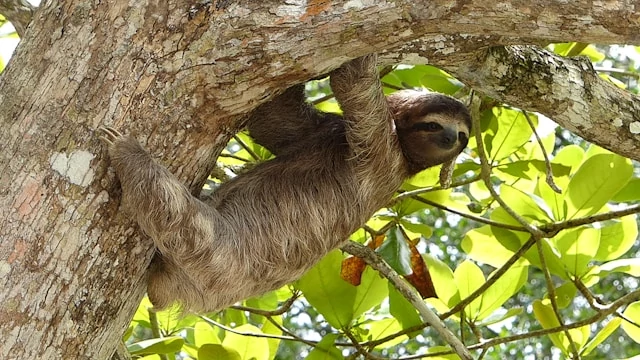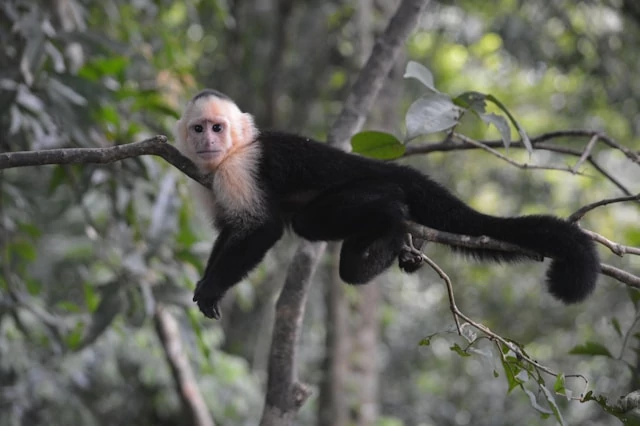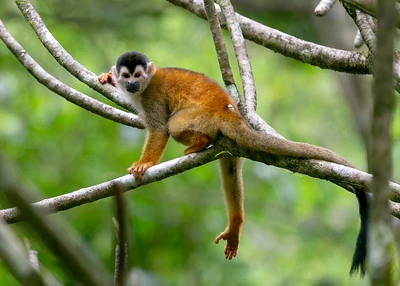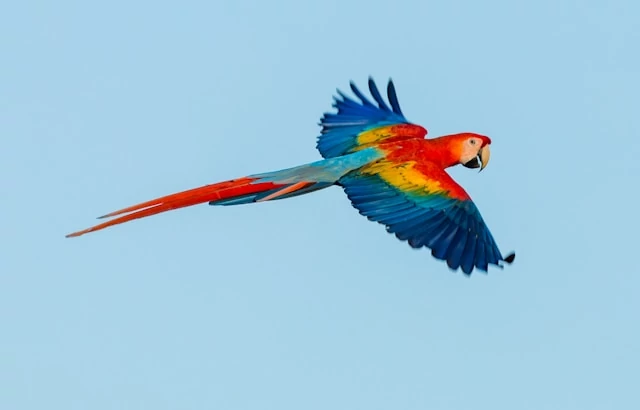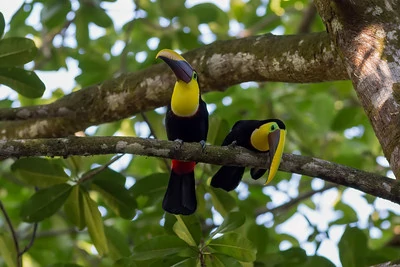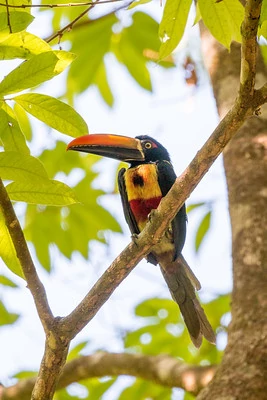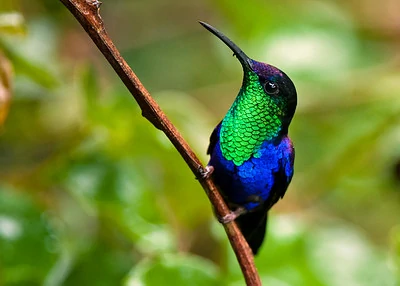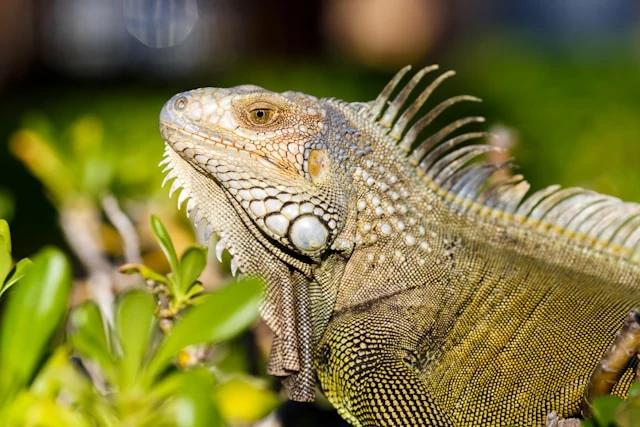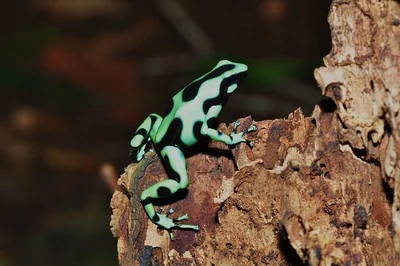Wildlife of Manuel Antonio: A Guide to Spotting Sloths, Monkeys, and More
For wildlife lovers, Manuel Antonio is a paradise filled with unique and vibrant species you won’t find anywhere else. From adorable sloths to colorful tropical birds, this park offers an immersive journey into the heart of Costa Rica’s biodiversity.
Discovering the Amazing Wildlife of Manuel Antonio
Manuel Antonio National Park is a place where the boundaries between human and nature blur. Here, you’re not just observing wildlife; you’re sharing their habitat. This guide highlights the must-see animals in the park and provides tips for spotting them up close.
Let’s explore some of the fascinating creatures you can encounter on your visit.
The Famous Sloths of Manuel Antonio
Few animals inspire as much love as Costa Rica’s beloved sloths. Both two-toed (Choloepus hoffmanni) and three-toed (Bradypus variegatus) sloths inhabit the park, often spotted high in the trees, where they enjoy a slow-paced life among the lush foliage. These gentle creatures are masters of camouflage, so keep your eyes peeled!
- Best Spots: Try the Perezoso Trail (meaning “Sloth Trail”) for the best chance to see them. Early morning is usually the most active time.
- What to Look For: Sloths have a unique posture—look for small, rounded shapes nestled in the branches. Sometimes, a friendly guide can help you spot them with a telescope for an even closer look!
Monkeys Galore: Capuchins, Howlers, and Squirrel Monkeys
Monkeys are the true stars of Manuel Antonio. With three different species to encounter, they add an extra level of excitement to every visit.
- Capuchin Monkeys (Cebus capucinus): Known for their intelligence and curiosity, capuchins are often seen near the park’s beaches, sometimes attempting to “borrow” food.
- Howler Monkeys (Alouatta palliata): These are more heard than seen. Their deep calls resonate through the forest at dawn and dusk, reminding visitors of the jungle’s untamed nature.
- Squirrel Monkeys (Saimiri oerstedii): Endangered and unique to this region, squirrel monkeys are a delight to watch, with their playful antics and small size. Spot them near Playa Manuel Antonio or in the dense forest along the trails.
Fun Fact: Capuchins are known to use tools, and some even wash their food! Observing their behavior up close is like peeking into the intelligent world of these fascinating animals.
Other mammals that can be spotted, according to data from inaturalist.org, are the White-tailed deer (Odocoileus virginianus), the Central American agouti (Dasyprocta punctata), the common Raccoon (Procyon lotor), or the White-nosed coati (Nasua narica).
Birdwatcher’s Paradise: Tropical Birds in Every Hue
For bird enthusiasts, Manuel Antonio is an absolute must. The park is home to over 350 species of birds, each more colorful than the last. Bring your binoculars, and keep an eye out for these beauties:
- Scarlet Macaws (Ara macao): One of the most iconic birds in Costa Rica, scarlet macaws add a splash of color to the jungle. Their vibrant red, blue, and yellow feathers are easy to spot.
- Toucans: Known for their large, colorful beaks, toucans are often heard before they’re seen, with their distinctive calls echoing through the forest. The Yellow-throated toucan (Ramphastos ambiguus) and the Fiery-billed Aracari (Pteroglossus frantzii) are the two most common to spot in the park.
- Hummingbirds: Small but captivating, these birds showcase the park’s rich diversity. More than 10 species of hummingbird can be found here, but the most common one is the Crowned Woodnymph (Thalurania colombica).
Birdwatching Tips: To make the most of your birding experience, consider joining a guided birdwatching tour. Guides are often skilled at locating even the most elusive species and can give you a deeper understanding of their behaviors.
Reptiles and Amphibians: Discovering Hidden Gems
While the mammals and birds tend to get most of the attention, Manuel Antonio is also home to some fascinating reptiles and amphibians. Many of these are tucked away in quiet spots, so keep a lookout as you explore the park.
- Iguanas: Frequently basking on rocks or branches, these reptiles add an exotic vibe to the landscape. The two species that are easily spotted are the Green Iguana (Iguana iguana) and the Black spiny-tailed iguana (Ctenosaura similis).
- Poison Dart Frogs: Known for their bright colors, these tiny frogs are usually found in the wetter, shaded areas of the park. They’re harmless from a distance but avoid touching them! The most common around the area is the Green-and-black poison dart frog (Dendrobates auratus).
- Boa Constrictors and Other Snakes: While not common, these snakes are sometimes seen lounging in trees or crossing trails. They’re non-aggressive but keep a respectful distance. The most famous snake in the park is the Terciopelo (Bothrops asper).
The Hidden World of Insects
If you’re curious about the smaller creatures, Manuel Antonio has plenty to fascinate you. Look closely, and you might spot leaf-cutter ants marching in lines, iridescent butterflies fluttering among flowers, or the occasional praying mantis camouflaged against the greenery. These tiny residents play a massive role in maintaining the park’s vibrant ecosystem.
Tips for the Best Wildlife Experience
- Hire a Local Guide: Guides know where the animals like to hang out and can spot them much faster than the average visitor.
- Bring Binoculars and Cameras with Zoom: Many of the animals live high up in the trees, so having a zoom lens or binoculars makes a huge difference.
- Stay Quiet and Move Slowly: Animals are more likely to appear if you’re not disturbing the environment. Slow down and enjoy the natural ambiance—you’ll see more that way.
Ready to Discover Manuel Antonio’s Amazing Wildlife?
Every visit to Manuel Antonio is a new experience, with different animals to see each time. Whether you’re thrilled by a troop of monkeys or captivated by a sloth's serene movements, this park offers an incredible opportunity to connect with nature.
You can also check the official website for the latest news and updates about the park.
Ready to turn this inspiration into your perfect itinerary? Contact us and let us craft a personalized Costa Rica trip tailored exactly to your dreams.
